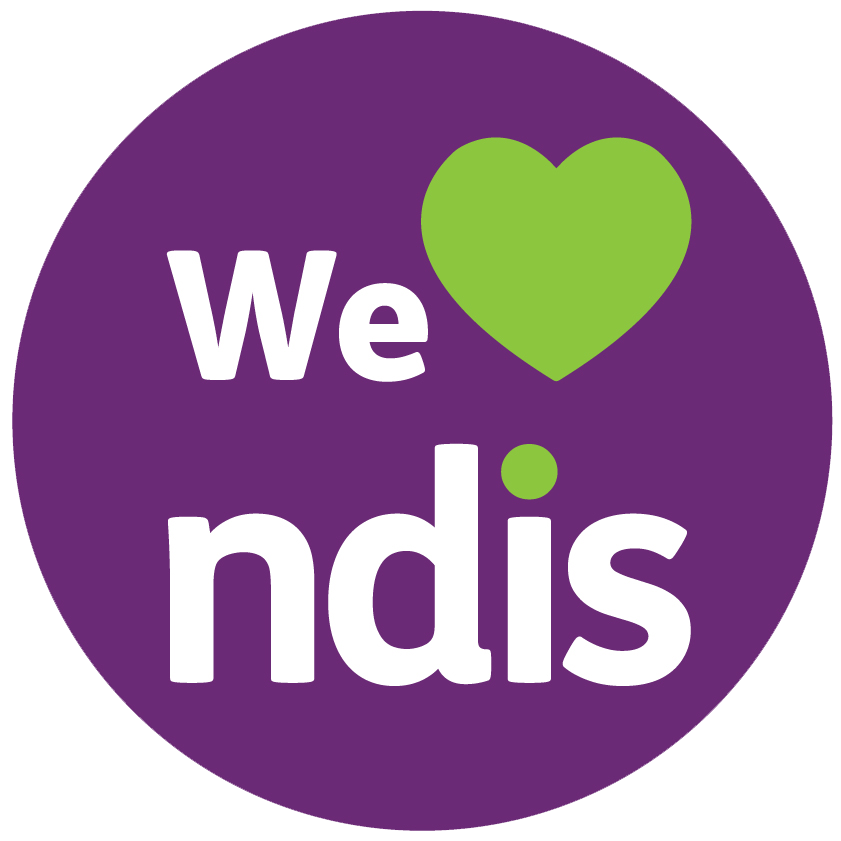7 Wellness and Financial Benefits of Clinician Home Visits – Our Home Care service
With the Australian population living longer and fuller lives, the desire to maintain our independence and way of life in our homes and communities is growing. Our Vivir Healthcare Home Care service recognises the importance of this for our health and well-being and the meaningful roles our Physiotherapists, Occupational Therapists, Speech Pathologists and Dietitians play in providing tailored healthcare to their clients in the comfort and privacy of their own homes. Below we explore the benefits of clinician home visits that bring peace of mind to clients who find it difficult to access necessary care.
1. Convenience and Accessibility
For many individuals, especially the elderly, those with mobility issues, medical conditions, or no mode of transportation, traveling to and from medical appointments can be a challenge. Our clinician home visits eliminate this barrier as they will happily travel directly to your location to deliver you a targeted care plan with sessions. This convenience reduces the physical and emotional strain on you and your family, ensuring that you receive timely and consistent care without the added burden of transportation.
2. Financial Savings
Home care services can also offer financial benefits. Regular visits to healthcare facilities can accumulate substantial costs in terms of travel expenses and time off work for yourself and even your family members who accompany you to your session. Home visits reduce these indirect costs, making it a more cost-effective option. Additionally, by focusing on preventive care, early intervention, and home modifications, our home care services can reduce the need and chance of more expensive hospital admissions and emergency room visits.
3. Enhanced Personalised Care
One of the foremost benefits of allied health home care services is the level of personalised care clients receive. When clinicians visit their clients at home, they can more easily tailor their approach and sessions based on the individual's living environment and daily routines. For our Occupational Therapists, identifying potential home modifications is easier, allowing for customisations based on clients’ movements around their home, enhancing safety and independence. Our Physiotherapists can develop exercise routines that integrate with the client’s home layout and complement their daily routine and lifestyle. These affordances, only possible through a Home Care service, ensure that the therapy provided is specific to the client’s needs and practical for everyday life.
4. Peace of Mind for Families
Clinician home visits provide peace of mind for family members who may worry about their loved ones’ ability to access, travel to, and receive adequate care. Knowing that professional, compassionate, and personalised healthcare is being delivered at home allows families to feel more secure about their loved one's well-being. Having sessions at home also encourages greater and more active family involvement and provides opportunities for our clinicians to educate your loved ones about your progress.
5. Improved Health Outcomes
Receiving care at home often leads to better health outcomes. Our clinicians can closely follow their clients' progress in the comfort of their own homes and implement any necessary adjustments while addressing environmental challenges. Clients are more likely to adhere to treatment plans when they are comfortable and less stressed. Home visits by healthcare professionals can also help in the early detection of potential health issues. For example, a Dietitian might notice signs of malnutrition or dehydration during a routine home care session that might otherwise go unnoticed. This proactive approach can prevent minor issues from becoming major health problems, thus improving overall well-being.
6. Enhanced Quality of Life
The goal of our home care service is not only to address immediate health concerns but also to enhance the overall quality of life for our clients, empowering them to reach their goals. Our clinicians help clients maintain their independence, which is crucial for their mental health and well-being. For example, our Speech Pathologists can provide therapies that improve communication skills, fostering better social interactions and reducing feelings of isolation. Our Occupational Therapists can help clients engage in meaningful activities within their community, promoting a sense of purpose and fulfilment.
7. Comprehensive Support
Our allied health services offer a holistic approach to client care. By having a team of diverse specialists such as Physiotherapists, Occupational Therapists, Speech Pathologists, and Dietitians, our clients are reassured that they will receive comprehensive support that addresses various aspects of their health and well-being. This multidisciplinary approach ensures that all health needs are met in a coordinated and efficient manner.
At Vivir Healthcare, our Home Care services are dedicated to bringing high-quality Physiotherapy, Occupational Therapy, Speech Pathology, and Dietetics services to the comfort of your home. By offering personalised, convenient, and comprehensive healthcare, we aim to support our clients like you in leading healthy, independent, and fulfilling lives.
Interested in making an enquiry or referral about our Home Care services? Fill in our form here.








